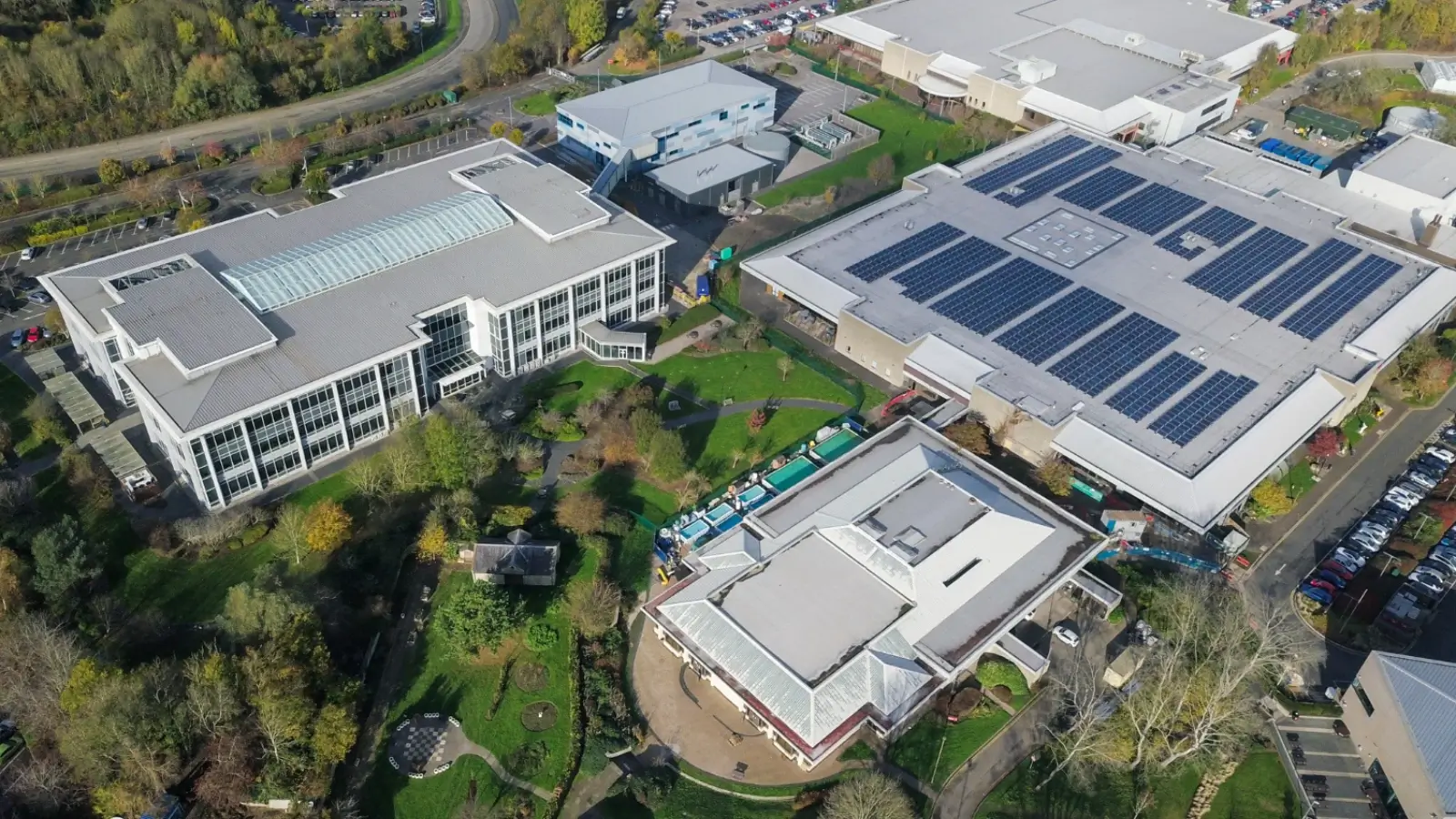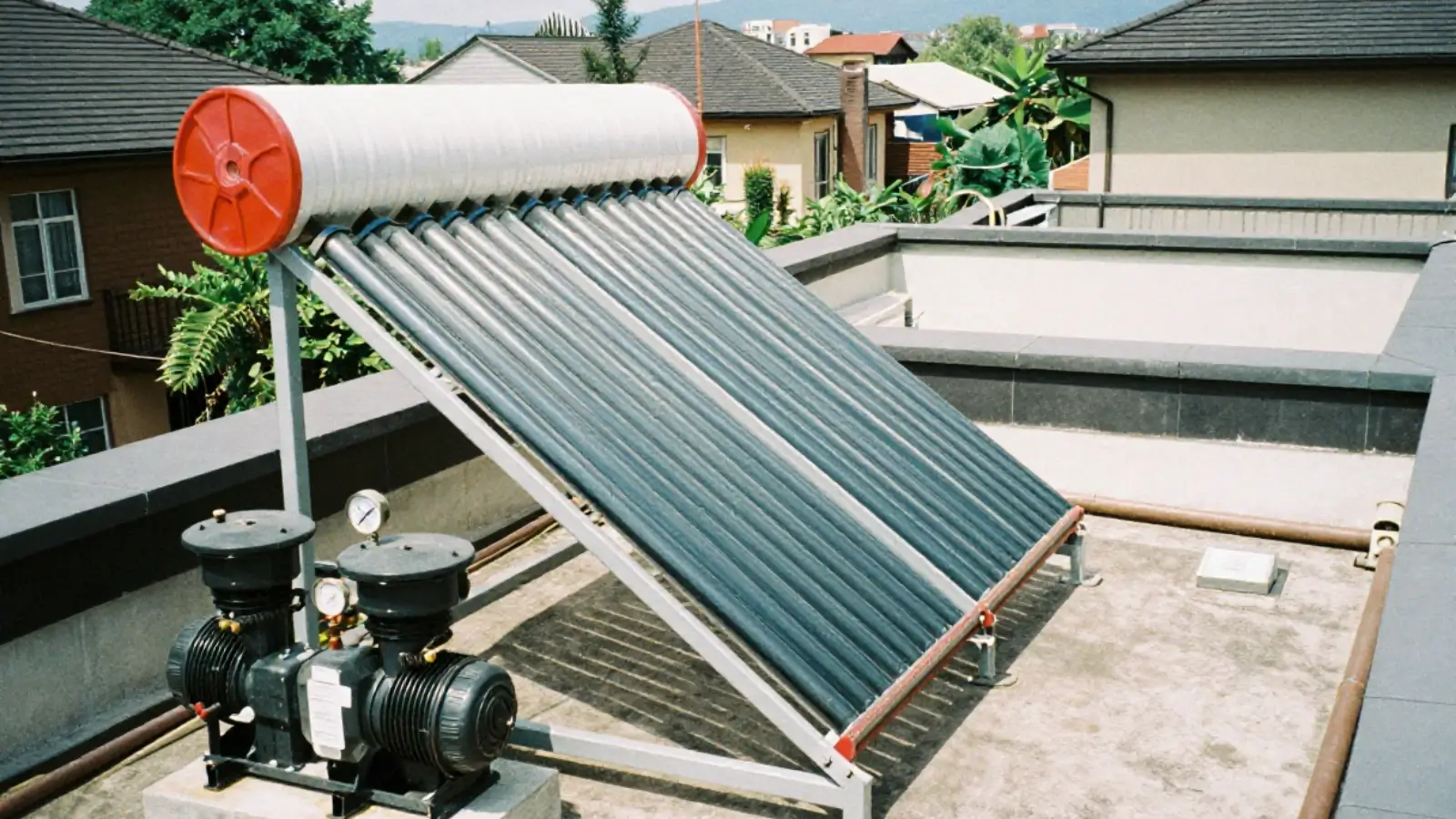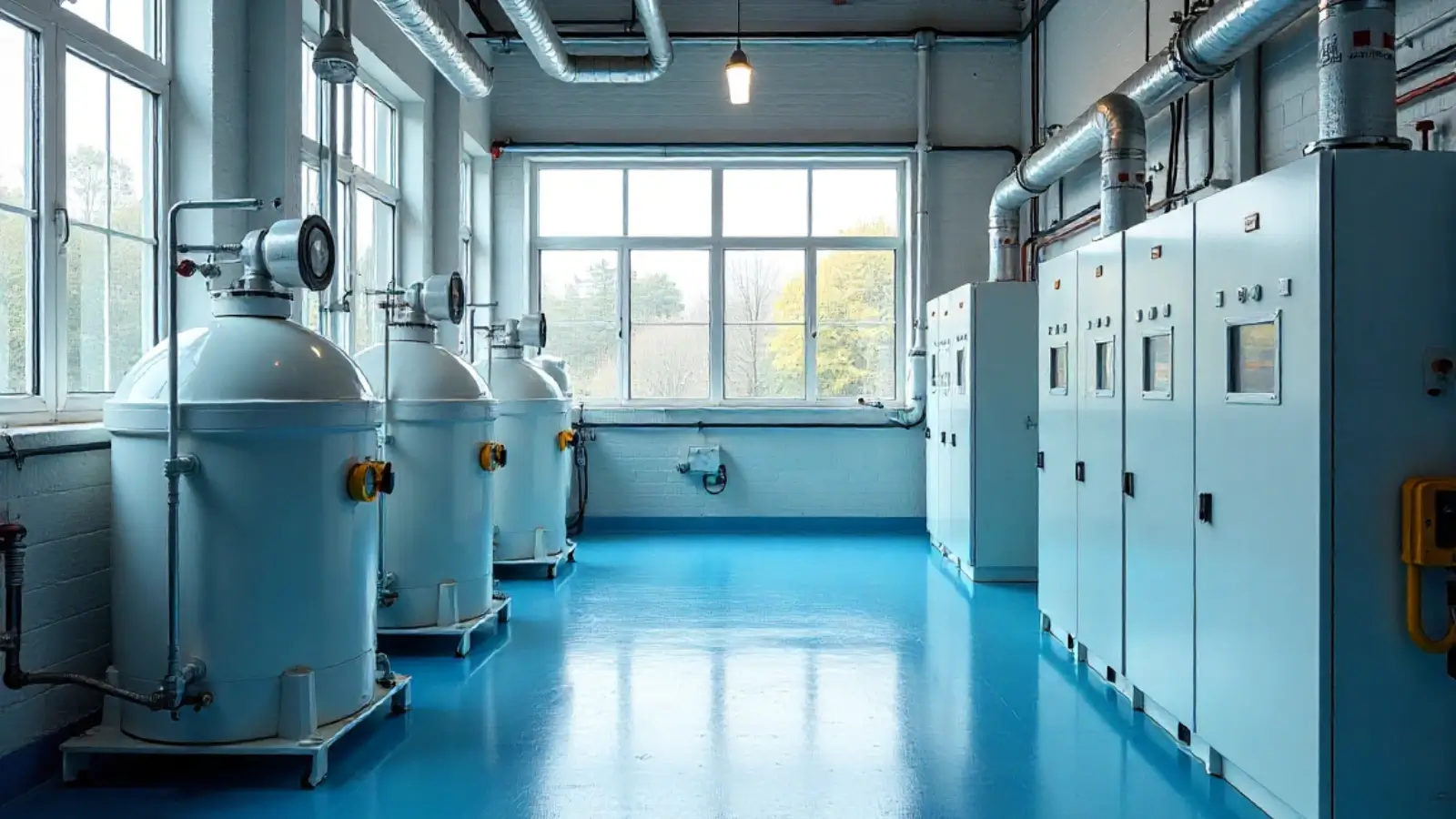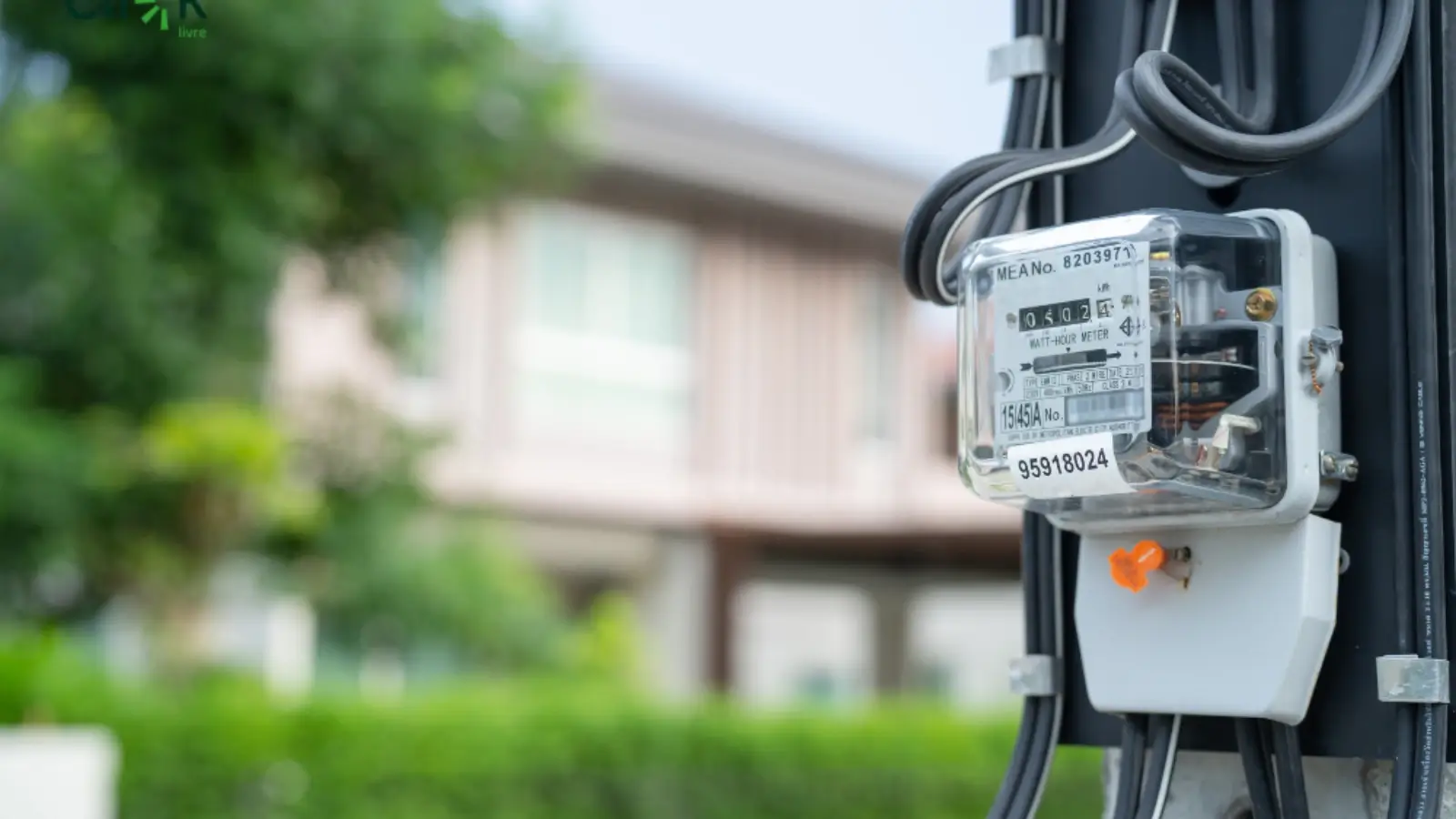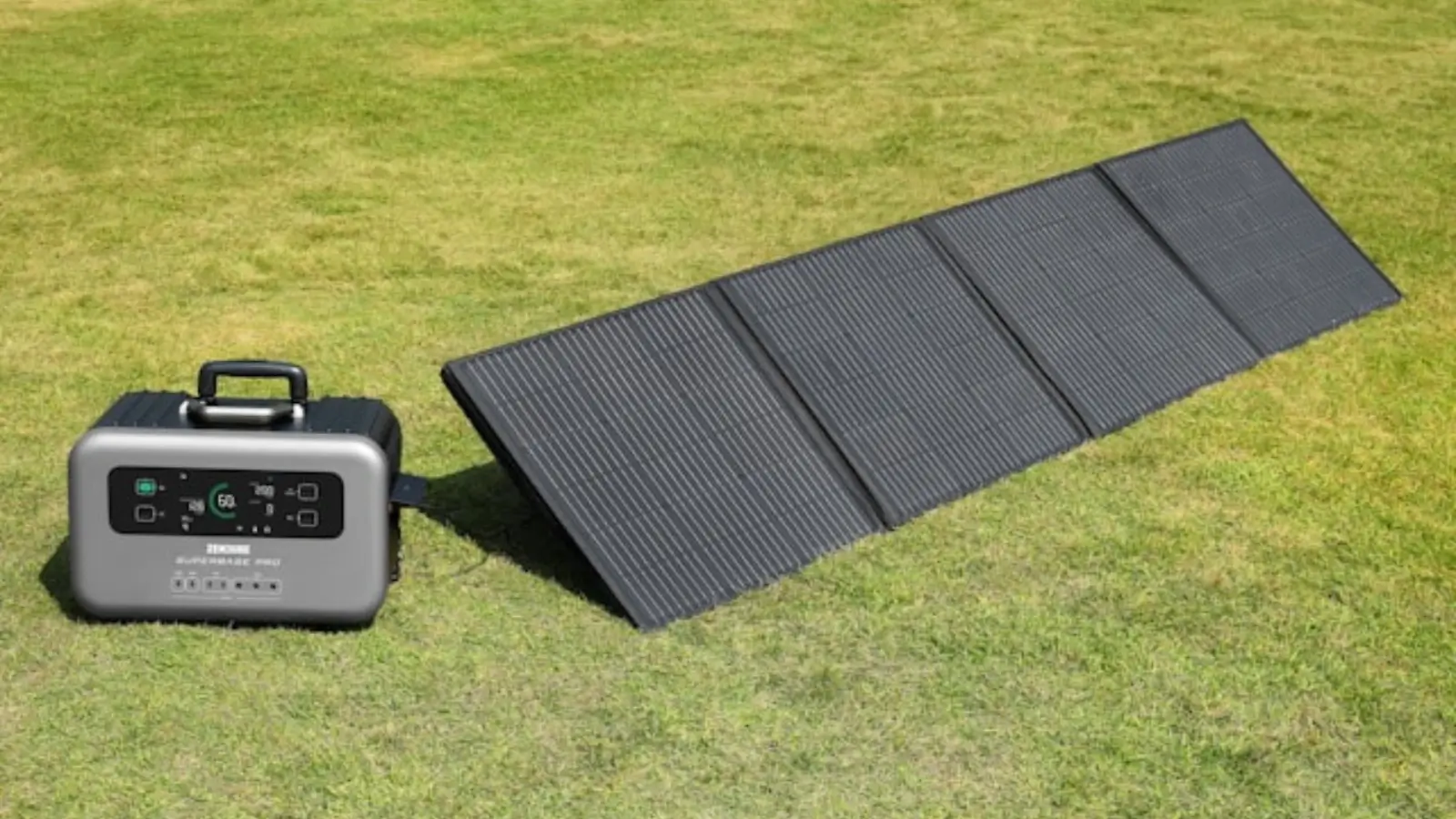Energy efficiency is a vital business strategy for organizations to meet growing sustainability demands while reducing costs and minimizing their environmental impact. Switching to solar energy is an effective solution to achieve both of these goals. Commercial property owners can enjoy substantial financial and environmental benefits from solar solutions, although the best implementation method can be difficult to navigate. Businesses have two main options for implementing solar solutions: direct panel purchases or Power Purchase Agreements (PPAs).
Understanding Solar Financing Options for Commercial Properties
The first decision regarding commercial solar installation is selecting a financing method. Many businesses opt against purchasing solar panels outright because alternative financing options help lower initial expenses and extend payment periods.
A Power Purchase Agreement (PPA) is a financing model that allows businesses to install solar panels on their property with little to no upfront capital investment. Businesses enter into agreements to purchase solar-generated electricity at fixed rates for a predetermined period, typically ranging from 10 to 25 years. Business owners benefit from clean, renewable energy from the solar panels, while the provider assumes full responsibility for maintenance and ownership.
Before signing any agreement, it’s crucial to compare the advantages and disadvantages of a PPA solar solution. One of the main advantages is that a PPA enables businesses to benefit from solar energy without the significant initial installation and maintenance costs, which can be expensive. This financial model works well for organizations that don’t have the capital to buy solar panels and want to avoid the administrative burden of managing the system. Additionally, the fixed energy rate in a PPA is generally lower than standard utility rates, resulting in financial savings over the contract period.
However, there are specific drawbacks to implementing a PPA. For one, the business does not own the solar panels, meaning it won’t receive the tax credits or rebates that property owners typically enjoy. Additionally, if traditional energy rates experience a significant drop, the business could face higher electricity costs under the PPA. The length of the agreement is another important factor. Businesses should consider whether a PPA contract will be easy to transfer if the company plans to relocate or sell the property before the agreement ends. It’s important to carefully evaluate the PPA solar pros and cons before making a final decision.
Other Solar Solutions for Businesses
While a standard PPA is the most popular financing method, businesses have other options to improve their commercial property’s energy efficiency. It’s important for your business to evaluate whether purchasing the solar system directly or exploring other financing methods best aligns with its energy needs and financial capabilities.
- Outright Purchase: Purchasing a solar system with upfront capital is a sound decision for businesses with sufficient financial resources. Owning the solar panels enables businesses to take full advantage of tax incentives and long-term energy cost savings. However, the high initial cost can make this option less suitable for businesses that need to maintain financial stability.
- Solar Leases: Solar leases are an alternative to PPAs, allowing businesses to install solar panels with no upfront cost. Under a solar lease agreement, businesses pay a fixed monthly fee to use the solar panels rather than purchasing the electricity generated by them. This ownership-based leasing structure is ideal for businesses that want predictable, steady costs for their solar energy system.
- PPAs with Price Escalators: Another alternative is the use of PPAs with price escalators, which introduce an annual increase in the cost of electricity. While this option offers initial cost savings, it may be less appealing to businesses that prefer long-term stability in their energy expenses.
Benefits of Solar for Commercial Properties
Switching to solar power offers a variety of important benefits for businesses, regardless of the financing model chosen.
- Cost Savings: The most immediate benefit of solar energy is the reduction in electricity expenses. Solar power is free to use once the system is installed, and the long-term financial savings can be substantial. Businesses that don’t purchase solar panels outright can still benefit from a PPA, which provides lower, fixed electricity rates compared to traditional utility prices. Some businesses also explore programs like the Octopus Energy Referral Code, which offers additional ways to maximize savings and incentives when transitioning to renewable energy solutions.
- Tax Incentives: Businesses that purchase solar panels qualify for both federal and state tax incentives, including the Investment Tax Credit (ITC). These incentives reduce the upfront installation cost and enhance the return on investment.
- Environmental Impact: Solar power generates clean, renewable energy with minimal environmental impact. By adopting solar energy, businesses can help lower greenhouse gas emissions and contribute to global sustainability efforts.
- Increased Property Value: The installation of solar panels can increase the market value of commercial properties. Energy-efficient properties are more attractive to potential buyers or tenants due to the lower ongoing energy costs, making the property more desirable and valuable.
Making the Decision
Choosing the right solar solution for your business requires assessing your financial capabilities, energy needs, and long-term goals. Businesses looking to cut costs immediately without upfront capital investment may find PPAs to be an ideal solution. However, it’s essential to fully evaluate the advantages and disadvantages of a PPA before making a final decision. If your business prioritizes system ownership and long-term savings, purchasing the solar system outright or exploring other financing alternatives may be the better option.
Regardless of the financing model you choose, investing in solar energy can provide significant cost savings, environmental benefits, and a competitive edge in today’s eco-conscious business landscape.

